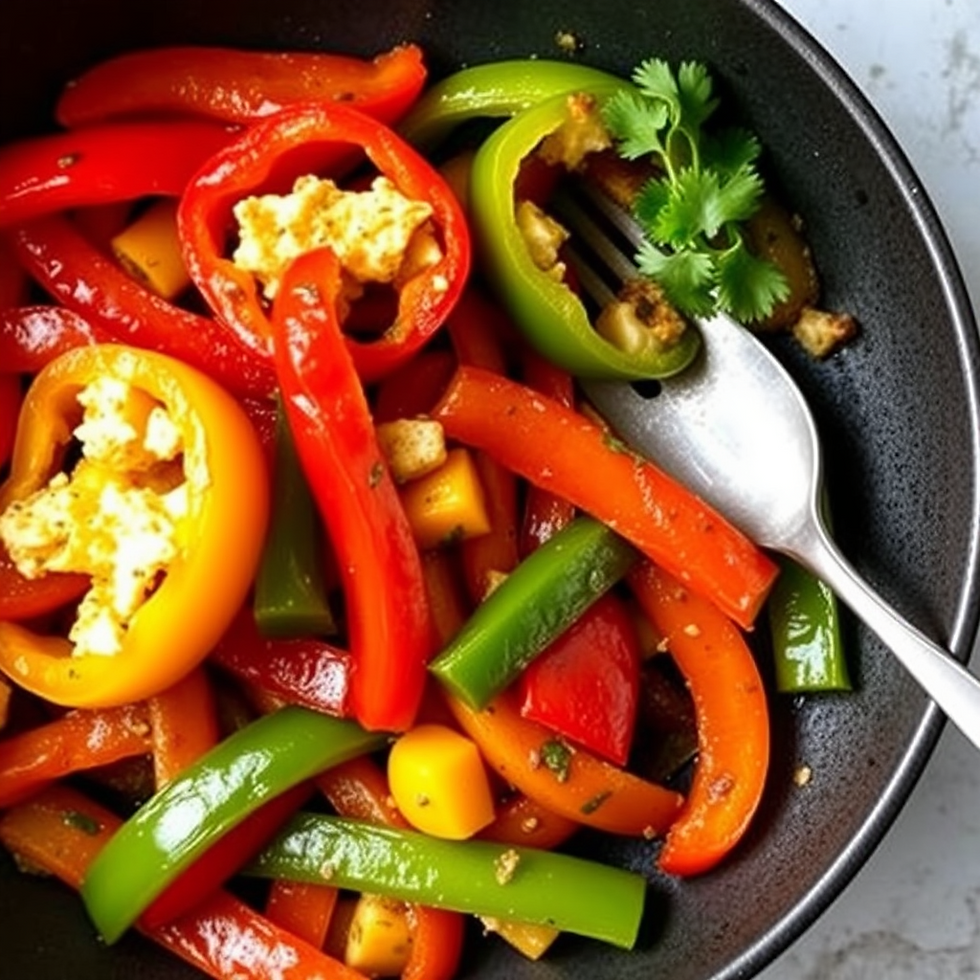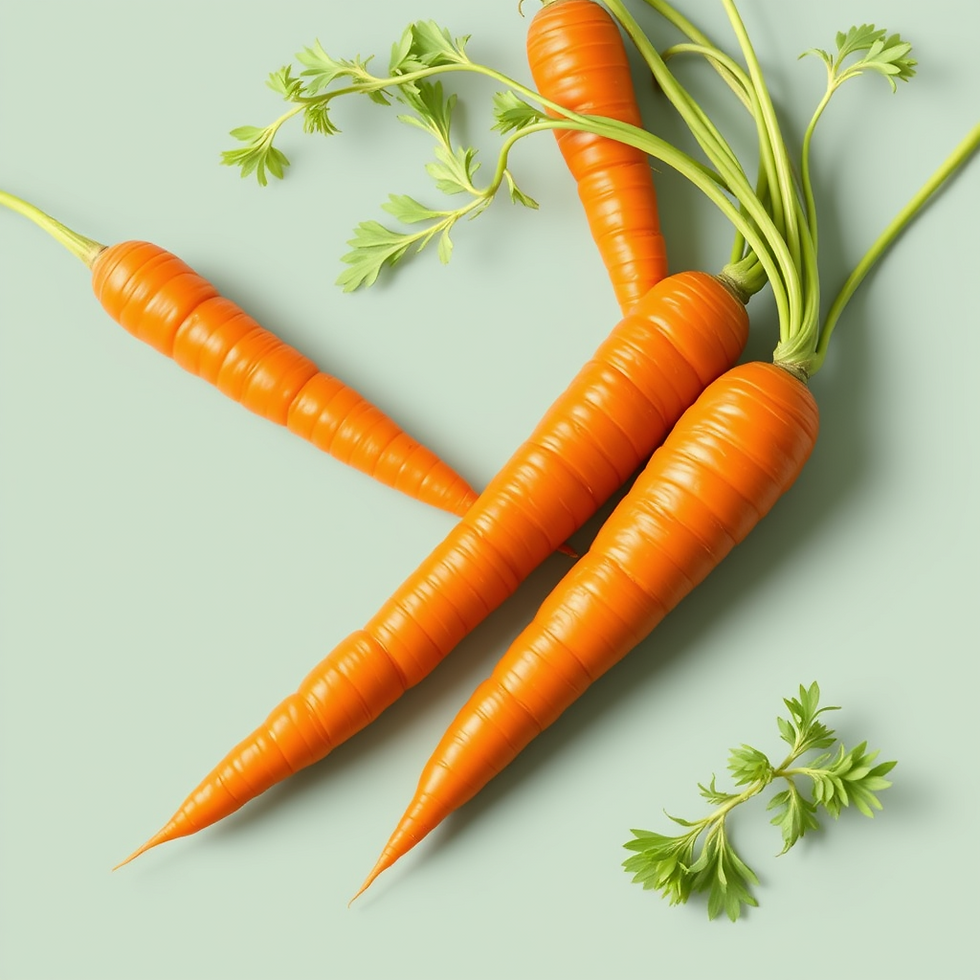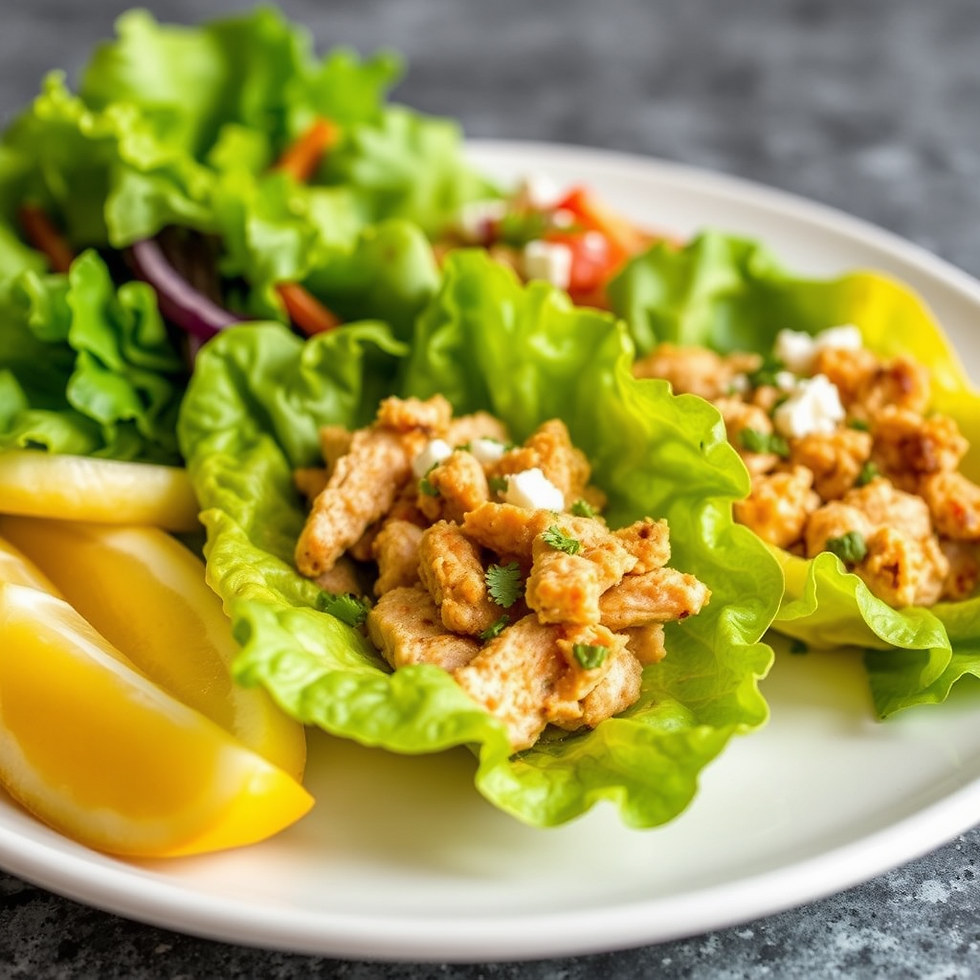Vegetable Spotlight: Bell Peppers – Colorful Crunch with a Storied Past
- roymejia19
- Aug 17
- 3 min read

Introduction: From crisp salads to flavorful stir-fries, few vegetables add as much vibrant color and sweetness as the humble bell pepper. Loved by gardeners and cooks alike, bell peppers not only brighten up your plate but are packed with nutrients and stories waiting to be told. Let’s journey through their fascinating history, learn how to cultivate thriving pepper plants, and whip up a dish to showcase their charm!
- The Colorful History of Bell Peppers (Capsicum annuum) have roots that trace back to Central and South America, where they were first cultivated over 7,000 years ago. Ancient civilizations such as the Aztecs and Incas valued these peppers for their culinary and medicinal properties.
When Christopher Columbus set sail and encountered these “peppers” in the New World, he brought seeds back to Europe, mistakenly calling them “peppers” because their spicier relatives were reminiscent of black peppercorns. Over centuries, bell peppers spread across the globe, becoming a staple in countless cuisines—from Mediterranean ratatouille to Asian stir-fries.
Fun fact: Unlike many other peppers, bell peppers have no capsaicin—the compound that creates heat—so they’re always sweet!
How to Grow and Maintain Healthy Bell Pepper Plants: Bell peppers are a gardener’s favorite, but healthy, bountiful harvests come from a bit of extra TLC. Here are key tips:
1. Choose the Right Spot: Peppers thrive in full sunlight. Pick a planting spot that receives at least 6-8 hours of direct sun each day.
2. Soil Prep: Use well-draining, fertile soil rich in organic matter. Mix in compost or aged manure for a nutrient boost. Aim for a soil pH between 6.0 and 6.8.
3. Planting: Transplant seedlings outdoors after the last frost when the soil is warm (70°F/21°C or above). Plant them 18-24 inches apart to allow for airflow and growth.
4. Watering: Peppers need consistent moisture, especially during fruiting. Water at the base (not on leaves) to prevent diseases, and mulch to retain moisture.
5. Fertilization & Support: Feed with a balanced fertilizer once the first fruits appear. Tall plants or heavy yields benefit from staking or caging for support.
6. Pest & Disease Management: Watch for aphids, spider mites, and blossom-end rot. Use row covers for young plants and remove affected fruits promptly.
Pro Tip: Harvest peppers when they’re firm and at your desired stage—green, yellow, orange, or red. The longer they stay on the plant, the sweeter they’ll become!
Recipe: Rainbow Bell Pepper Fajitas**Celebrate your harvest with this colorful, healthy, and quick meal!
Ingredients:
-3 bell peppers (one each: red, yellow, green), sliced into strips
-1 large onion, sliced
-2 tablespoons olive oil
-2 cloves garlic, minced
-1 teaspoon ground cumin
-1 teaspoon chili powder
-1/2 teaspoon smoked paprika
- Salt and pepper to taste
- Warm tortillas
- Fresh cilantro and lime wedges for serving
Instructions:
1. Heat olive oil in a large skillet over medium-high heat. Add onions and cook until softened, about 2 minutes.
2. Add bell pepper strips and cook, stirring occasionally, until they’re slightly caramelized and still crisp, about 4-5 minutes.
3. Stir in garlic, cumin, chili powder, paprika, salt, and pepper. Cook another 1-2 minutes, until the spices are fragrant.
4. Serve the fajita mixture in warm tortillas and top with cilantro and a squeeze of fresh lime.
Join the Conversation! Have you grown bell peppers before, or do you have a favorite way to eat them? Share your stories, tips, and photos in the comments below. Let’s keep cultivating knowledge (and great food) together!
Stay tuned for next week’s vegetable spotlight—and happy gardening!
From : The REDDO’s Cultivation Team



Comments